There’s something exciting going on at our bird feeders in the winter. Learn about the surprise visitors you might find just outside your window!
- by Dena Temple
Birds that breed in more northerly latitudes migrate south for the winter months, to the delight of Southern bird-watchers across the Mississippi coast. Most are what are known as short-distance migrants, which breed in northern Mississippi but travel a few hundred miles in the fall to their winter digs.
Some of the Southern arrivals we expect to see when temps get chilly are American Robin, American Goldfinch, Yellow-rumped Warbler and White-throated Sparrow. There are others, but these four are the most common of the winter arrivals here on the coast. Some years, our area experiences widespread reports of what are known as “winter finches” – Purple Finch, Pine Siskin and Red-breasted Nuthatch. (The Red-breasted Nuthatch is not actually a finch, but it gets lumped in with the winter finches because its diet consists of the same seeds as the finches.) In an ordinary year, none of these birds have any business being in South Mississippi. This phenomenon is known as “irruption,” which means “to undergo a sudden upsurge in numbers when natural ecological balances and checks are disturbed.” Why does this happen? Irruption generally occurs when there is a life-threatening change where the birds belong, which in this case is southern Canada. Each fall a “winter finch forecast” is published, which details seed production in Canadian conifers and predicts finch movement from Canada. All three of these birds depend on seeds from spruce, pine and birch trees to survive the harsh Canadian winters. When conifer seed crops fail, usually due to poor weather conditions in the summer months, the birds must move. Some species move west or east, and many move south. In the Northeast, bird-watchers are experiencing irruptions of not only the three species we may see here, but also Evening Grosbeak, Red Crossbill, White-winged Crossbill and (rarely) Common Redpoll. Our visitors from the north are still quite rare, although when an irruption happens, they are being seen with regularity. To increase your chances of seeing one in your yard, keep your feeders full and clean. Red-breasted Nuthatches can be found at mixed-seed or sunflower-seed feeders, and particularly like suet cakes. (Check your suet regularly for mold in our warm climate.) Purple Finches like mixed seed, and a flock of hungry Pine Siskins can decimate a full thistle (niger) seed feeder in a day. If you do see one of these uncommon visitors, visit eBird.com to report your sightings. Researchers use the data on eBird to track the movement of birds, and your input in this “citizen science” project can affect future conservation efforts, funding or legislation. You might also want to share photos of any rare visitors on your social media pages, to encourage your friends to take an interest in birds themselves. Plus, you get bragging rights for having a rare bird at your feeders! Enjoy this feature?Comments are closed.
|
Categories
All
Archives
July 2024
|
Shoofly Magazine Partners
Our Shoofly Partners are local businesses and organizations who share our mission to enrich community life in Bay St. Louis, Waveland, Diamondhead and Pass Christian. These are limited in number to maximize visibility. Email us now to become a Shoofly Partner!

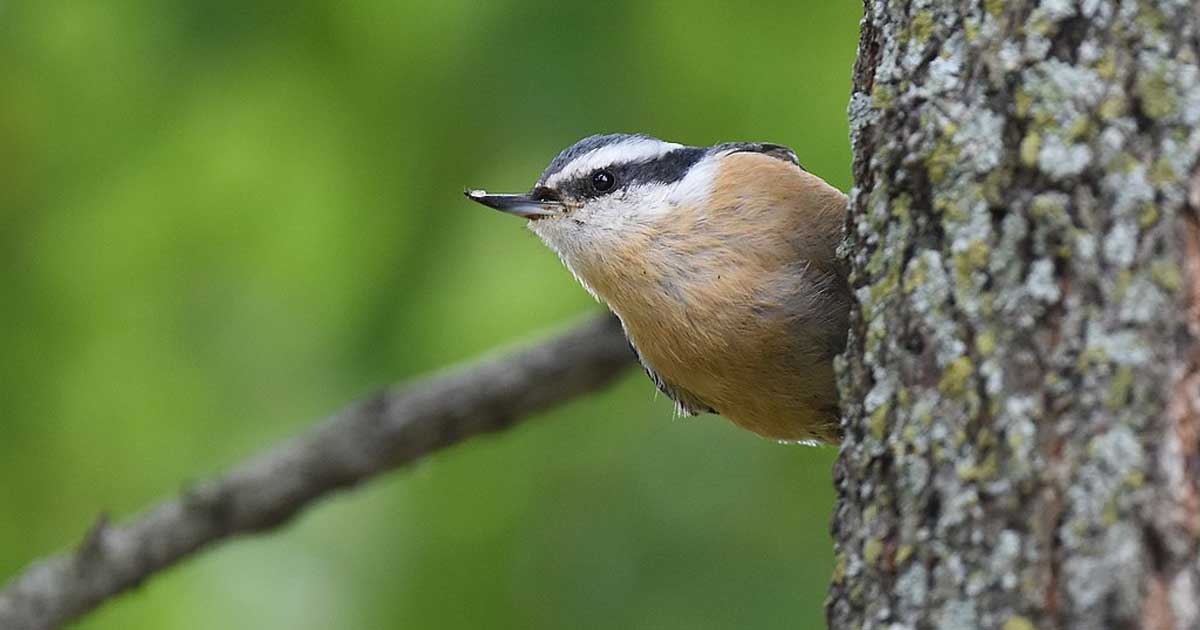

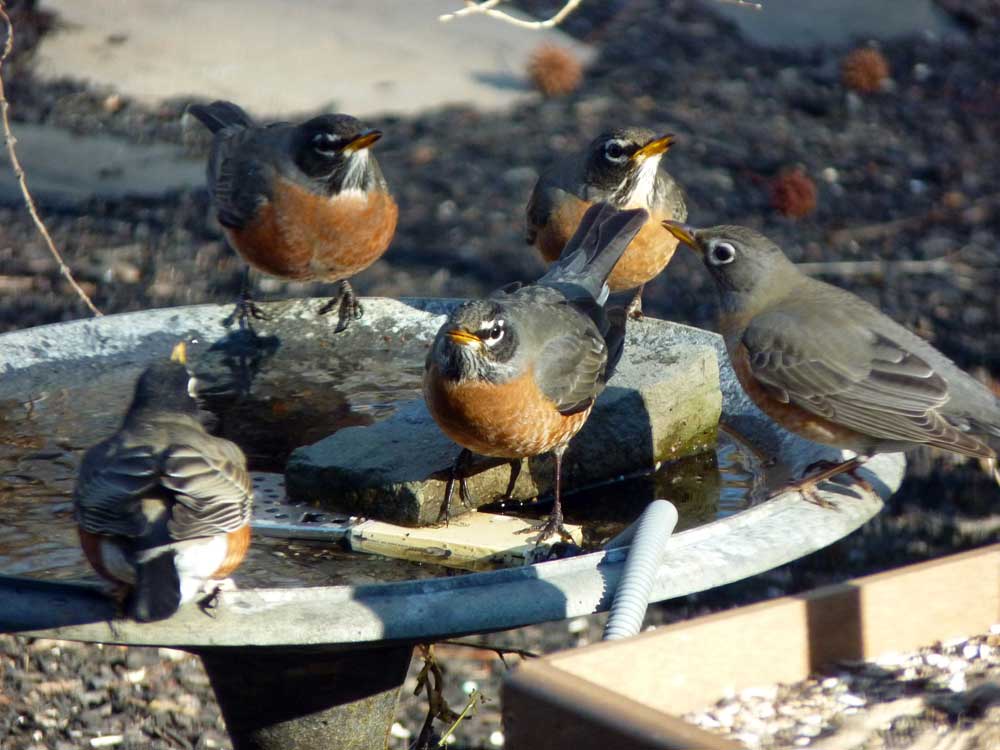
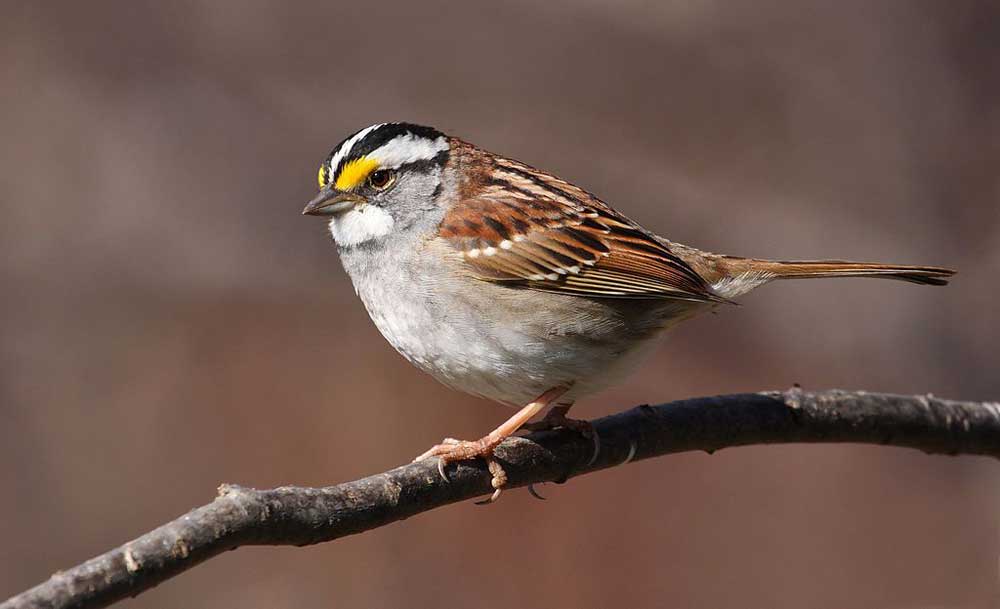

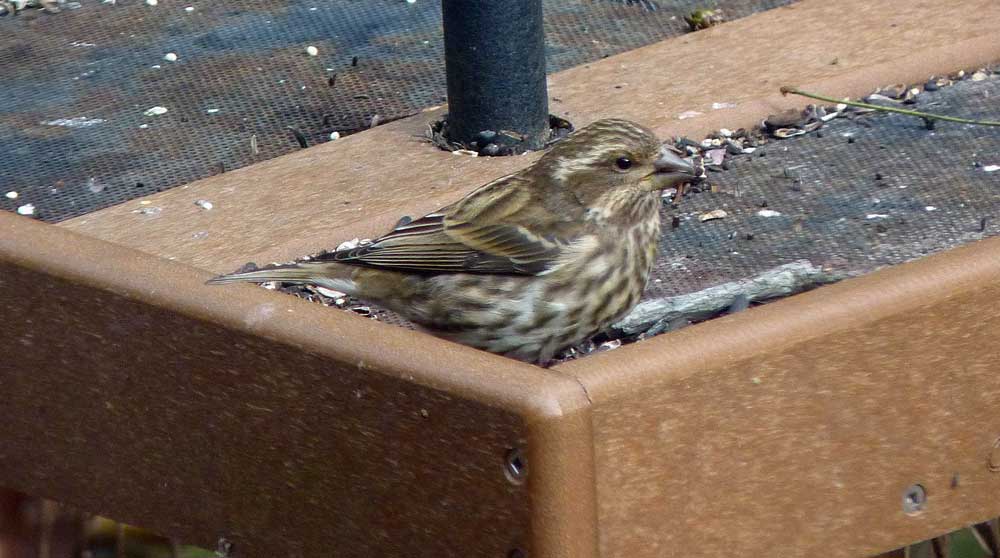
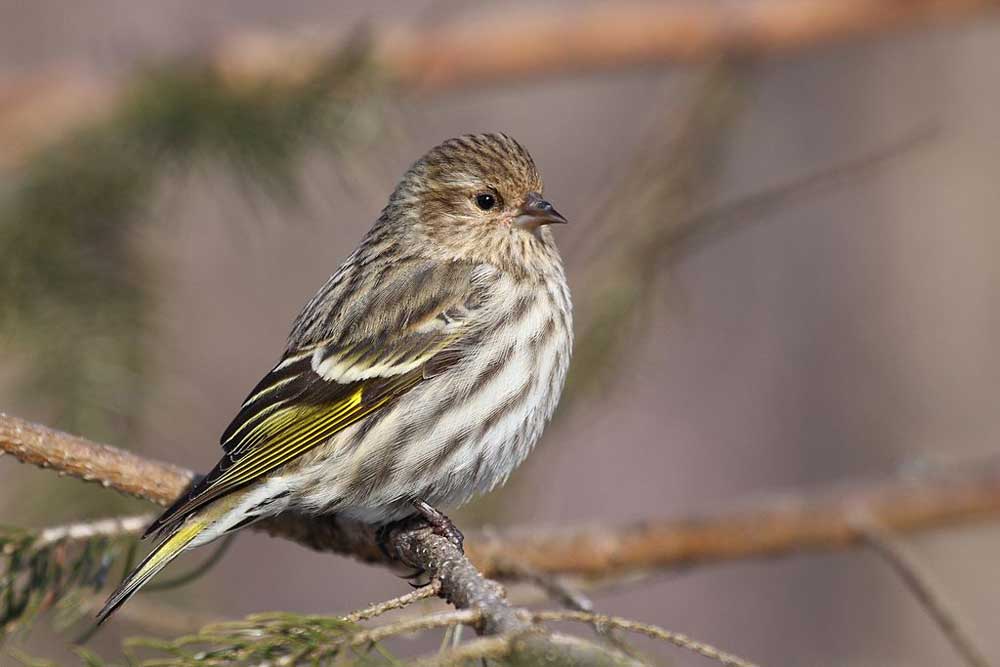
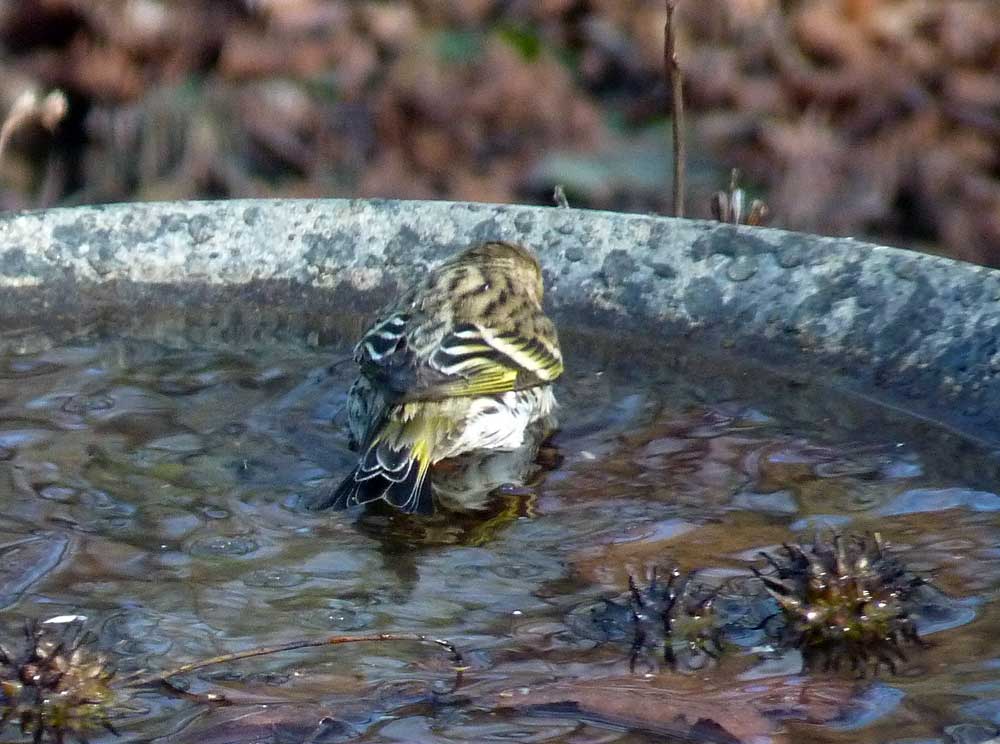
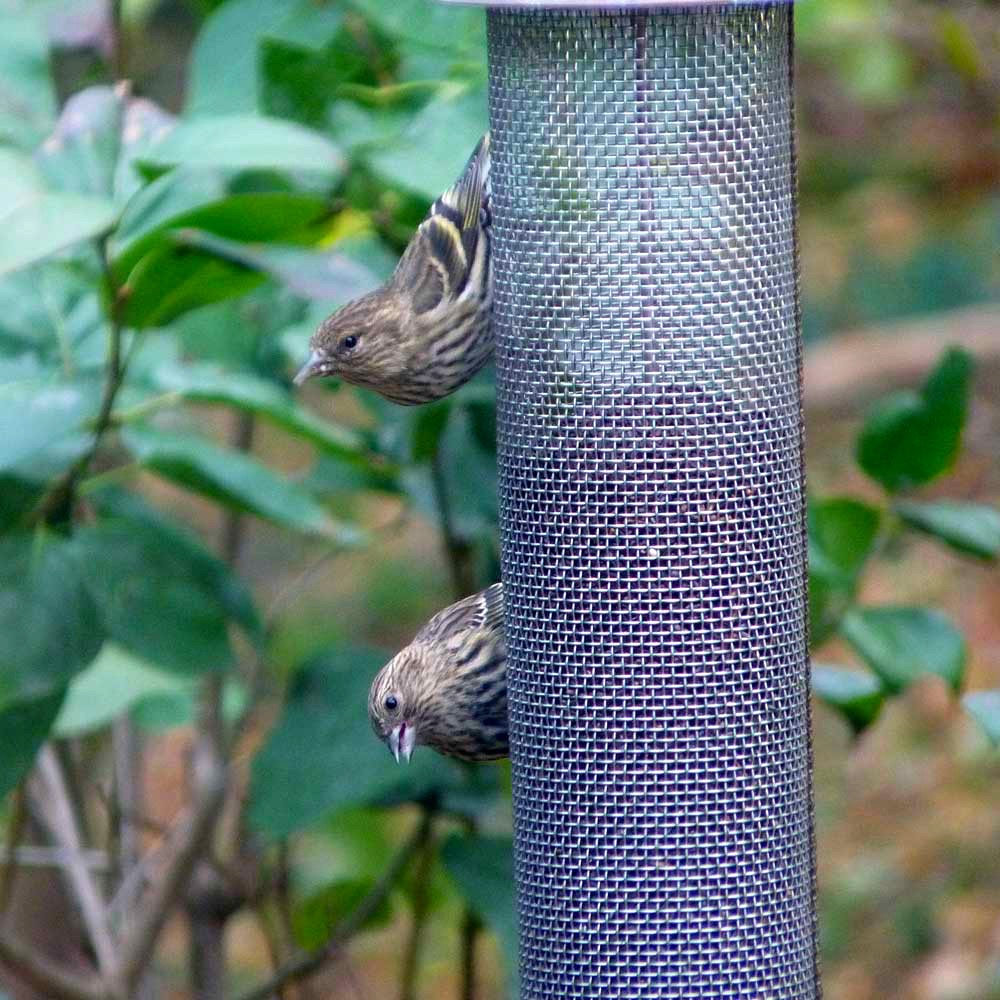
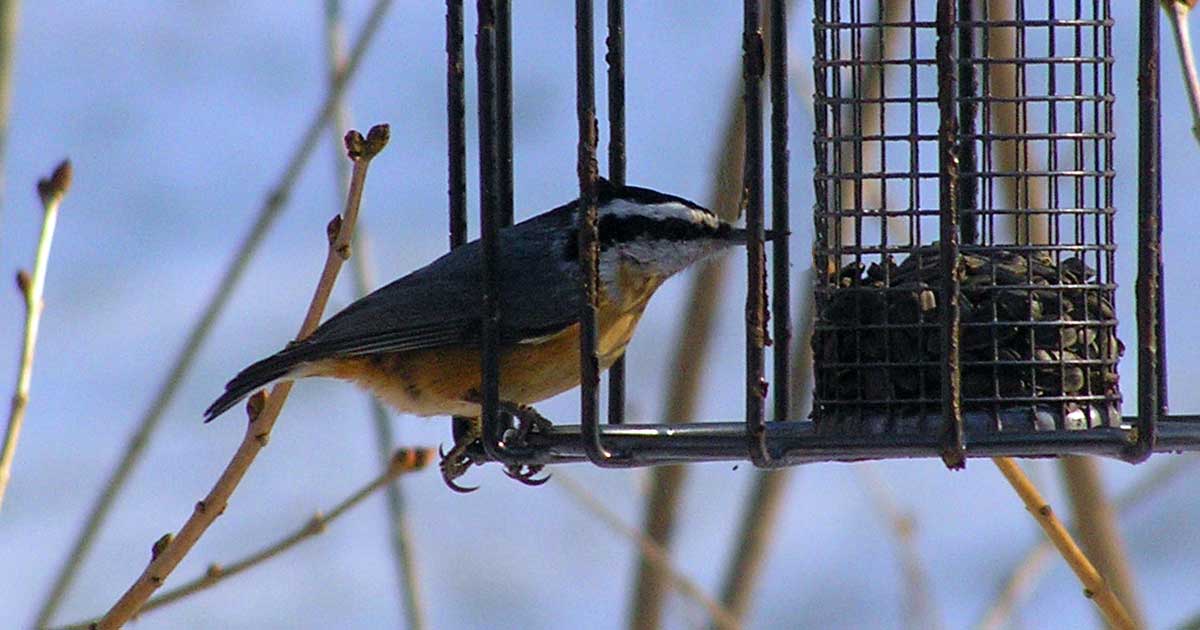
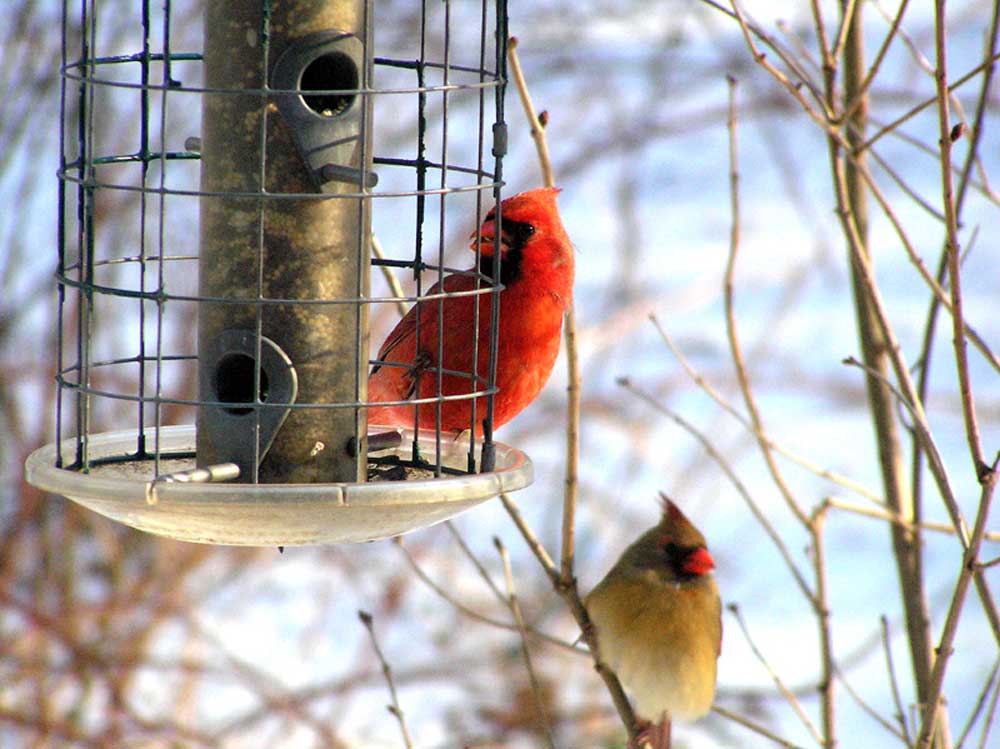


























 RSS Feed
RSS Feed























